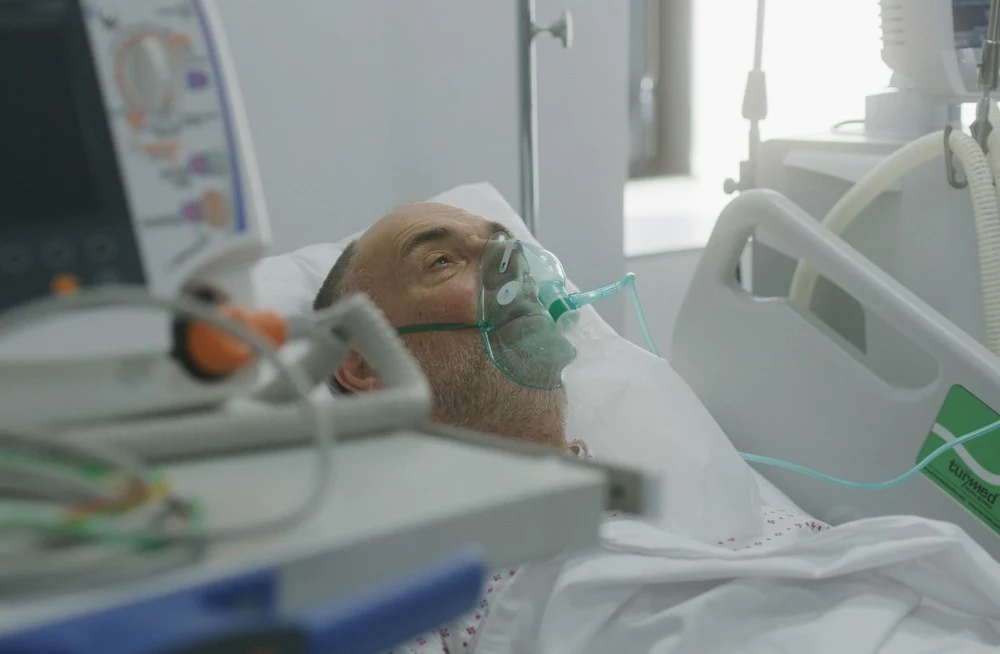In current clinical practice, most critically ill adults undergoing emergency tracheal intubation receive preoxygenation through an oxygen mask. Administering supplemental oxygen before intubation increases the oxygen content in the patient’s lungs, reducing the risk of hypoxaemia. Despite this, hypoxaemia occurs during 10% to 20% of tracheal intubations in emergency departments or intensive care units, potentially leading to cardiac arrest and death.
The University of Colorado, in collaboration with Vanderbilt University, conducted a trial comparing the two most commonly used preoxygenation methods: noninvasive ventilation and oxygen masks. The Pragmatic Trial Examining Oxygenation Prior to Intubation (PREOXI), led by the Pragmatic Critical Care Research Group (PCCRG), was conducted in 24 ICUs and emergency departments across the U.S. UCHealth University of Colorado Hospital enrolled 120 of the 1,301 patients in the trial. The study aimed to determine if noninvasive ventilation could prevent hypoxaemia during intubation. Findings are published in the New England Journal of Medicine.
During the trial, critically ill adults undergoing tracheal intubation were randomly assigned to either noninvasive ventilation or oxygen mask preoxygenation groups. Among the 1,301 patients enrolled over 17 months, hypoxaemia occurred in 57 of 624 patients (9.1%) in the noninvasive ventilation group and 118 of 637 patients (18.5%) in the oxygen mask group. Additionally, cardiac arrest occurred in one patient (0.2%) in the noninvasive ventilation group and seven patients (1.1%) in the oxygen mask group.
Results indicate that the noninvasive ventilation method, using a tight-fitting respirator mask connected to a bilevel positive airway pressure (BiPAP) machine, which delivers air at a higher pressure into the airway, significantly reduced the risk of hypoxaemia and cardiac arrest compared to the oxygen mask method. BiPAP reduced the complication of low oxygen levels by half. The cardiac arrest rate was also lower in the noninvasive ventilation group, an important secondary outcome.
The researchers believe that the results of this study could have significant, practice-changing outcomes and could lead to better outcomes for this life-saving tracheal intubation procedure. International guidelines state that preoxygenation with either noninvasive ventilation or an oxygen mask is acceptable. The trial’s results are likely to change these guidelines. Clinical implementation of these findings has already started at the UCHealth University of Colorado Hospital and at all other PCCRG sites participating in the trial.
Source: NEJM
Image Credit: iStock
References:
Gibbs KW, Semler MW, Driver BE et al. (2024) Noninvasive Ventilation for Preoxygenation during Emergency Intubation. NEJM.






